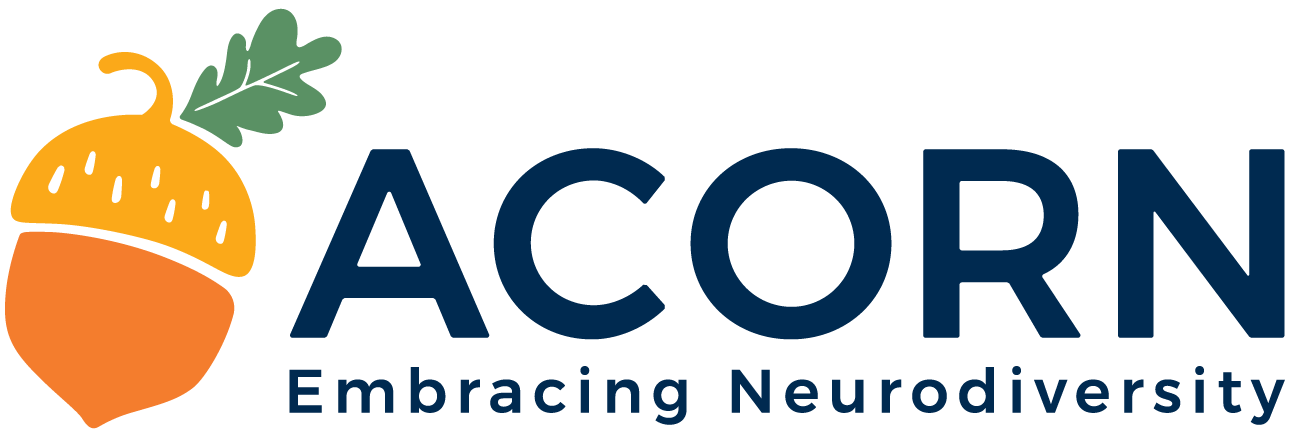
What is ADHD?
Aroreretini - “Attention goes to many things.”
Aroreretini or ADHD, which stands for Attention Deficit Hyperactivity Disorder is a neurodevelopmental condition. There are three types of ADHD:
Primarily hyperactive/impulsive type
Primarily inattentive type
Combined type.

Primarily Inattentive
A person with primarily inattentive ADHD will have difficulty focusing and concentrating. They may have difficulty sticking with tedious and time-consuming tasks, being organised, being easily distracted, following instructions, and appearing careless. Inattentive ADHD can be very hard to diagnose and children often slip under the radar and are just viewed as lazy or unmotivated. Girls are particularly likely to be missed.
Primarily Hyperactive/Impulsive
A person with primarily hyperactive/impulsive ADHD may have difficulty sitting still, concentrating on tasks, waiting their turn, being quiet, and slowing down to think before acting. Children with hyperactive and impulsive ADHD are usually more visible in the classroom as their challenges often demand more teacher attention, so these children are more likely to be picked up for a diagnosis.
Combined
A person with combined type ADHD may have challenges in both areas outlined above.
People with either the Inattentive type or Hyperactive/Impulsive Type may also struggle with executive functioning skills and emotional regulation.
ADHD in the classroom
Our ADHD students often bring incredibly creative and innovative ideas into the classroom. They may use more lateral thinking and be more willing to experiment with an idea or new way of doing something. They may be more willing to take risks or make mistakes. When really interested in an activity or topic, they can explore it deeply and for longer periods of time than neurotypicals.
Students with ADHD are often the children that are labelled as having “challenging behaviour”. Because school is designed for learners who can sit quietly in one place and engage in repetitive and often tedious tasks for many hours, children with ADHD attract a lot of negative attention. They may frequently be out of their seat, chatting with their neighbors, and distracted by other activities in the classroom. They may struggle to complete tasks or follow directions. The teacher might feel like the student purposely doesn’t listen, but really their mind is just racing around or thinking about other things. If they are impulsive, they may also struggle to maintain friendships as they sometimes say or do things without thinking about how it will be perceived.
Older students with ADHD may struggle to stay organised and complete assignments as the demand increases. Students with high levels of hyperactivity and impulsivity may experience more disciplinary action, as they may get into conflicts with peers and teachers. Without support, by the time many ADHD students get to intermediate and secondary school, they already feel like they are “bad students” from many years of negative feedback and perceived failure.

